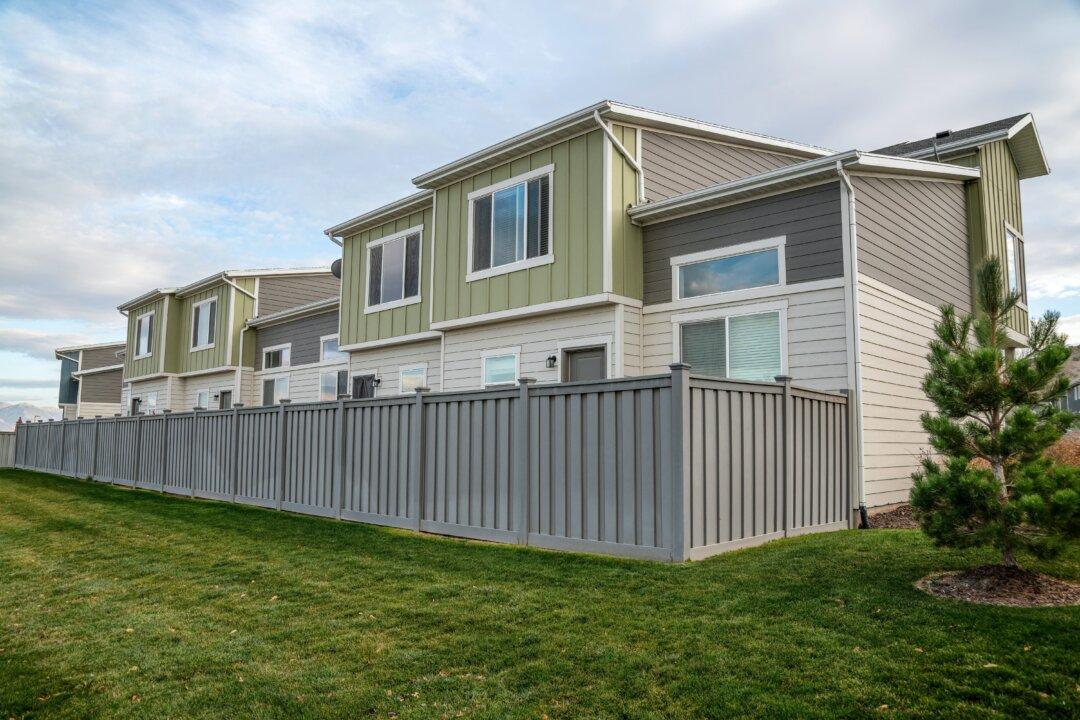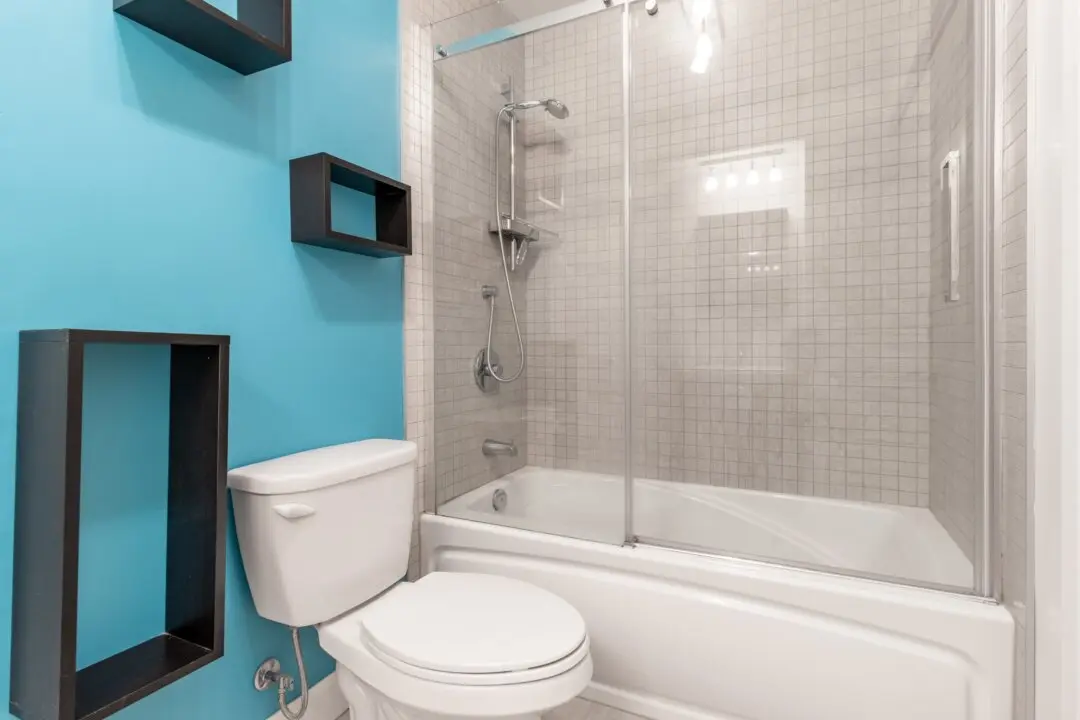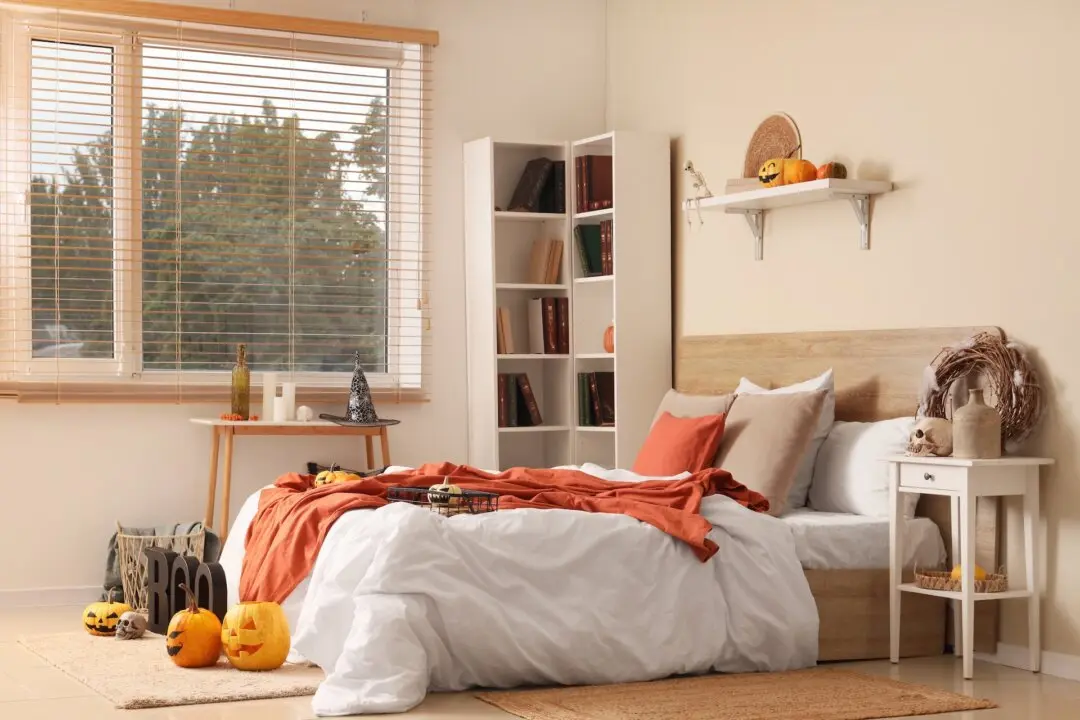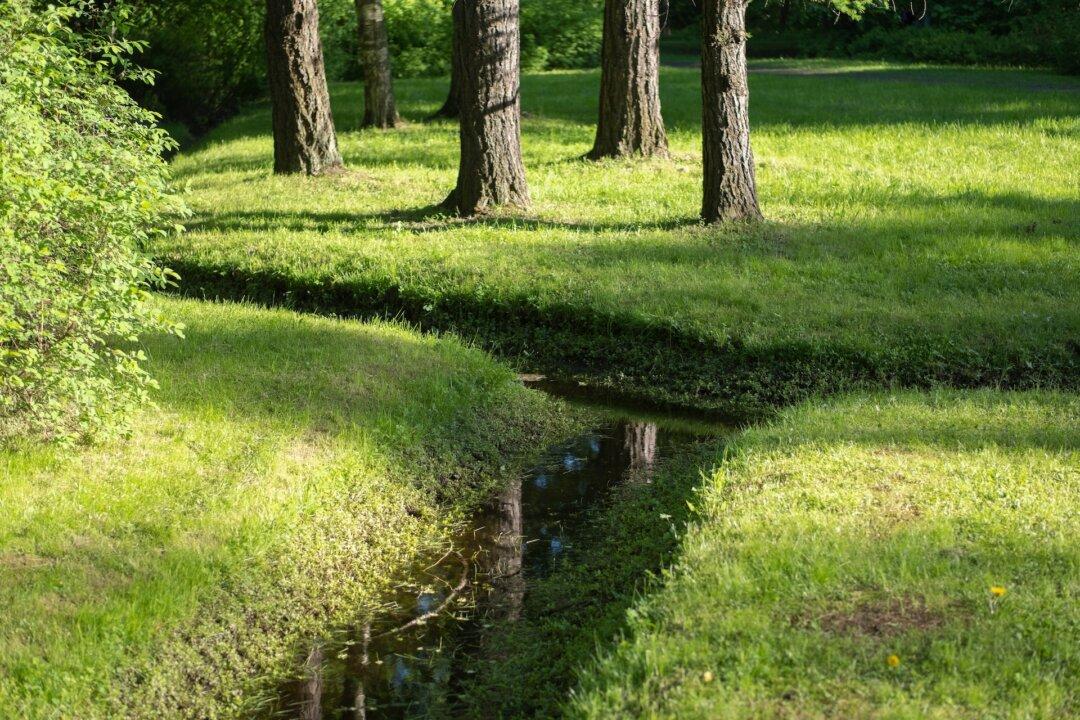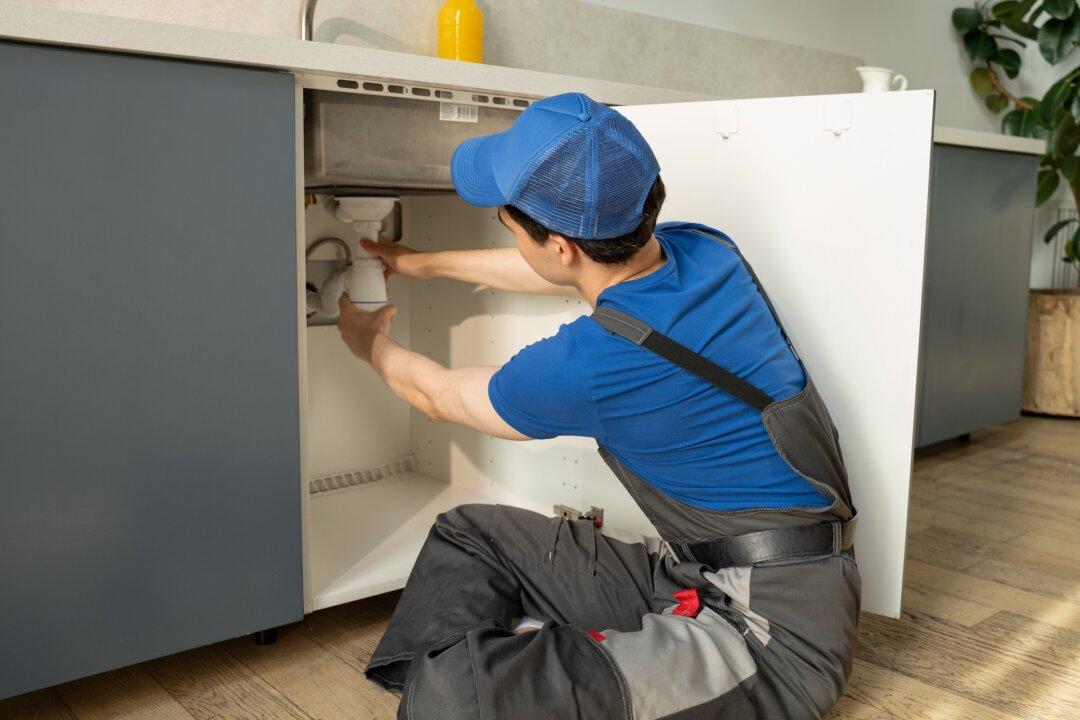Dear James: We have a new unpleasant neighbor, so we want to build a low-cost board style of fencing ourselves. What is a good design to build to block the view?—Angie M.
Dear Angie: As they say, “Good fences make for good neighbors.” Your choice of a board-type fence is good for several reasons. It is one of the simplest designs to build yourself, it will provide needed privacy, and it is attractive. If it is built close enough to your house, it can also create a windbreak to protect your house.

